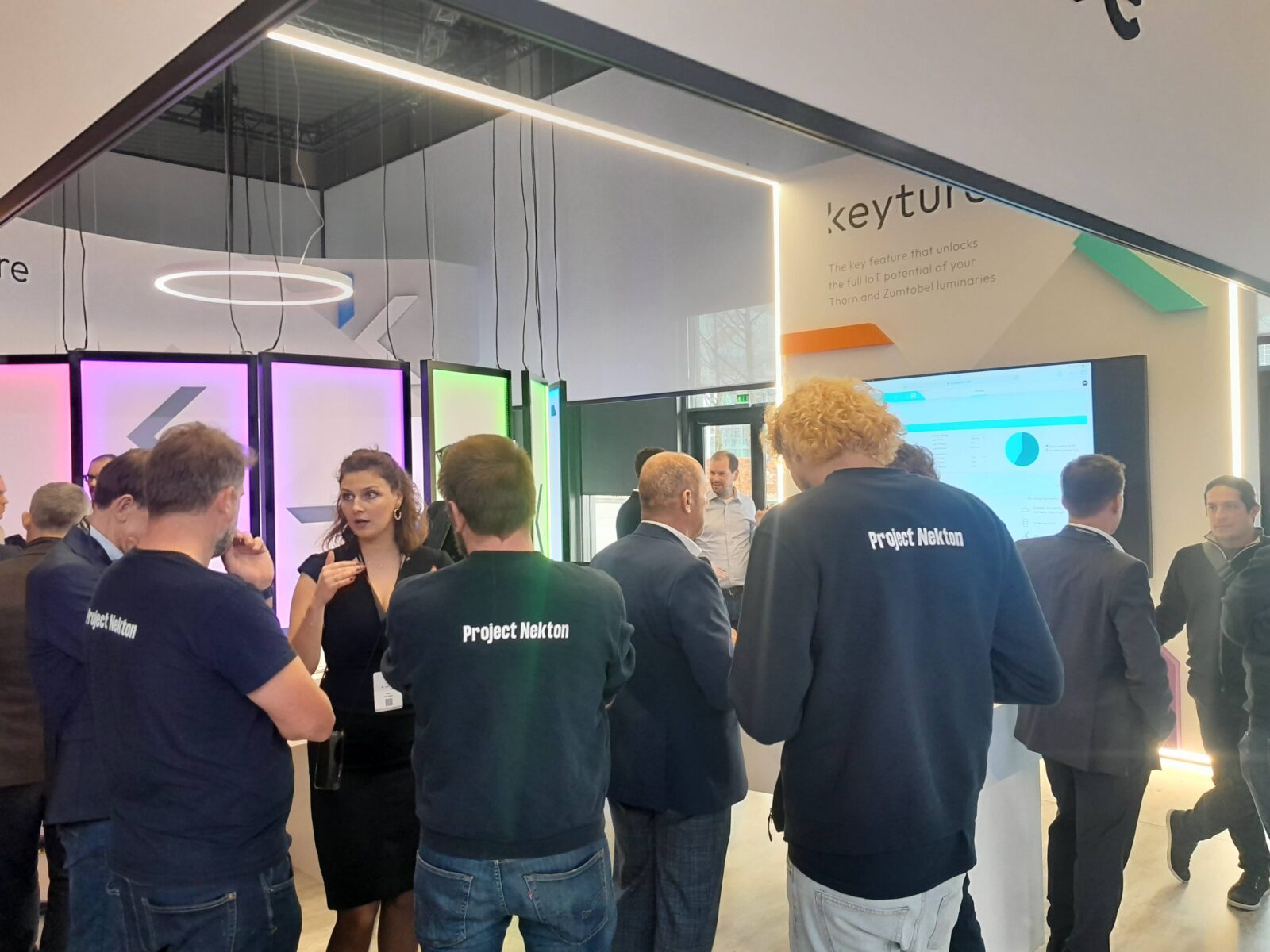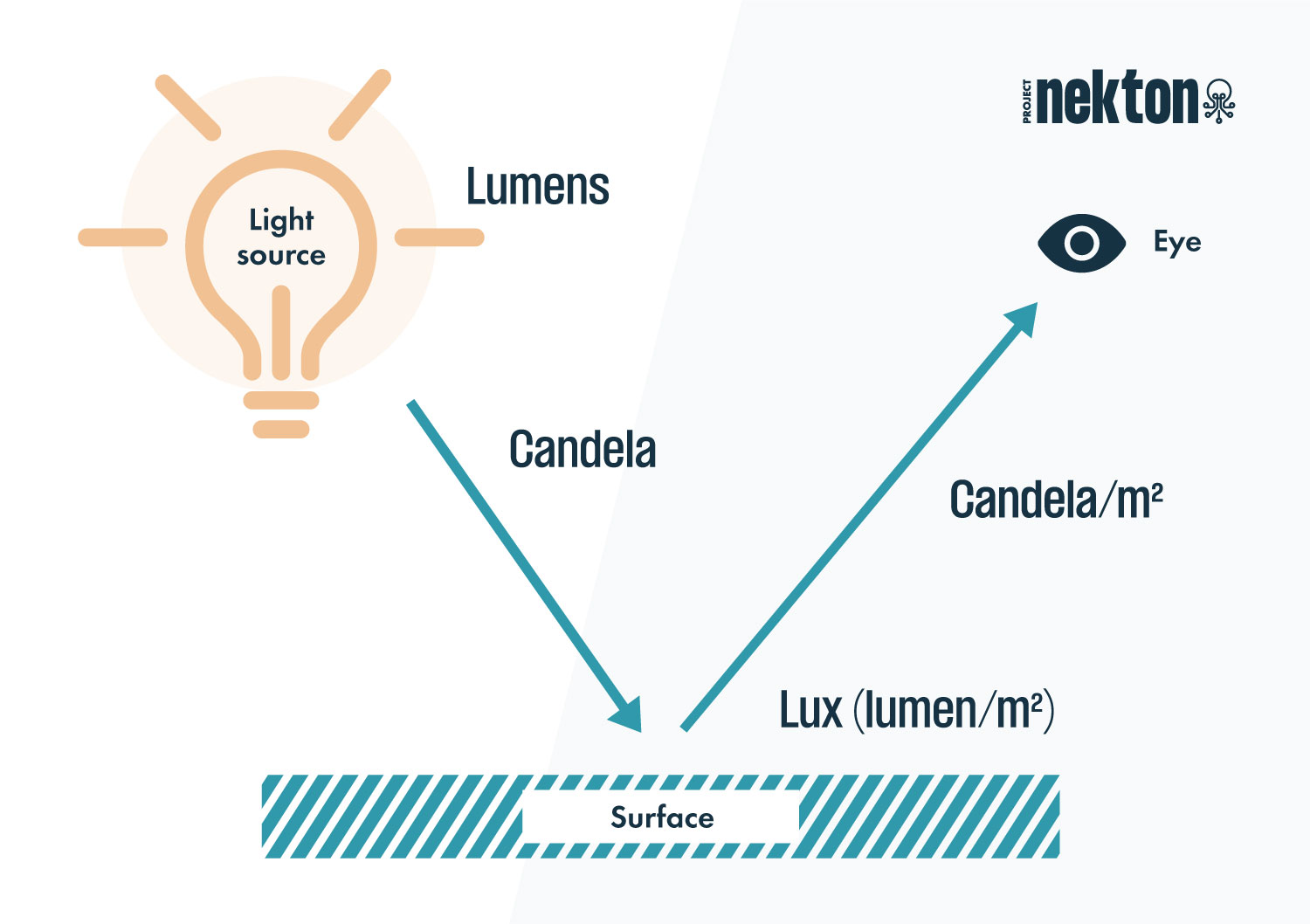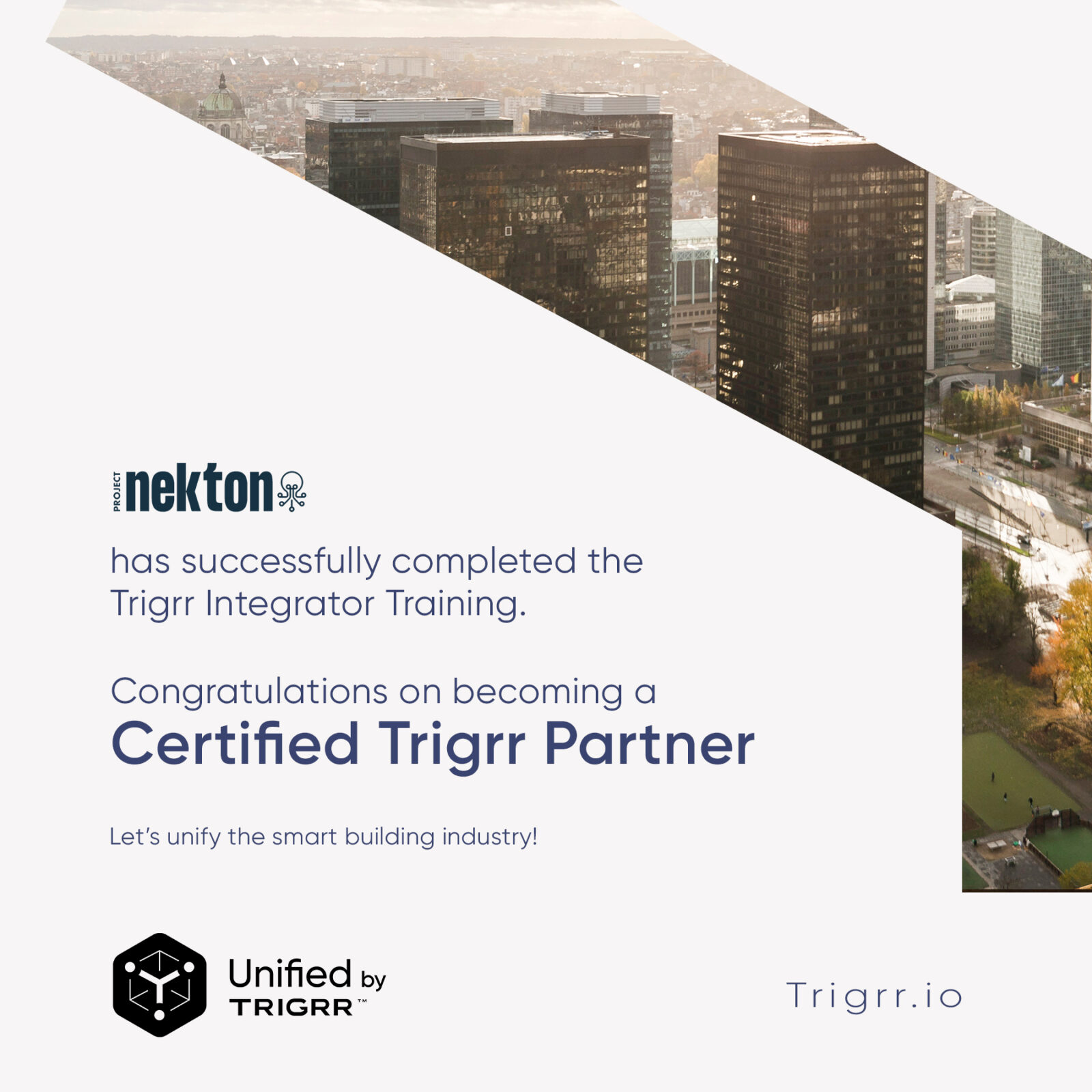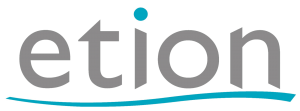Imagine a world without the flickering, buzzing sound of fluorescent lamps – this scenario will soon become a reality. With the accelerated phase-out of fluorescent lamps in the EU peaking in 2024, the lighting world is about to undergo a major transformation. Are you ready for this change yet?
In this article, we discuss an effective 4-step plan to seamlessly guide you through the transition from fluorescent to more sustainable lighting alternatives. This change is not just a reaction to regulations; it is an opportunity to modernize your lighting, reduce energy consumption and contribute to a more environmentally friendly future!

EU Ban on Fluorescent Lamps
As we wrote in a previous article, on Aug. 24, 2023, the European Union banned the production and import of fluorescent lamps. This ban falls under the RoHS (Restriction of Hazardous Substances) legislation, which restricts the use of certain hazardous substances in electrical and electronic equipment, such as the use of mercury in lighting products. It included exemptions for a range of products that have now been revised by the European Commission – with major implications for fluorescent lighting products. More information can be found here.
This move is an important part of the EU’s efforts to promote more sustainable and environmentally friendly lighting options, but also has a major impact on the lighting industry.
The road to sustainable lighting
This change does not come alone. Along with the SLR2 (ecodesign regulation), in effect since September 2021, products that do not meet efficiency requirements are being phased out. Both regulations work hand in hand to enforce environmentally friendly and sustainable lighting solutions in support of the EU’s ambition to reduce emissions by 50% by 2030. Learn more here.
Lighting plays a key role in this as a “quick-win” solution, especially considering that about 70% of non-residential buildings still use outdated lighting systems, such as fluorescent lamps. These obsolete systems can account for up to 30% of current energy bills.
Switching to LED lighting presents a remarkable opportunity for energy savings. With potential savings of 50% to 85% on current energy consumption (depending on the integration of smart sensors), switching to LED is not only an environmentally friendly choice, but also a financially wise decision.
New fluorescent lamps may no longer be produced, and although current stocks of fluorescent lamps may still be sold, these stocks will gradually run out and eventually disappear from the market.
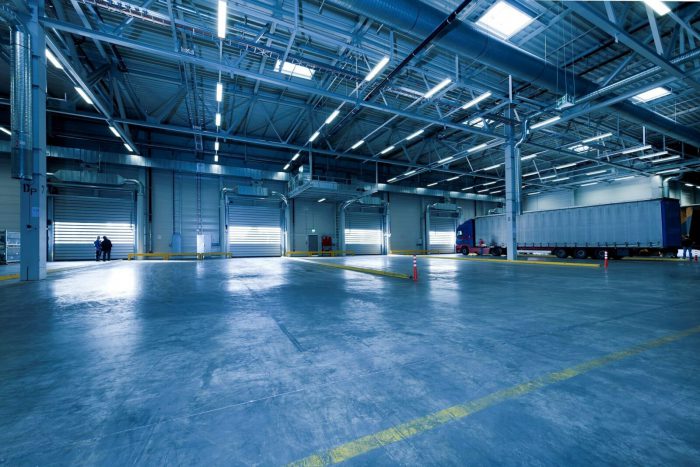
Prepare your business for the future of lighting
In light of these legislative changes and in a world where sustainability and efficiency are increasingly important, it is essential for businesses to be proactive in adapting to new standards. With the upcoming ban on fluorescent fluorescents in the EU, now is the time to rethink and modernize your lighting strategy. Here are some steps you can take to prepare your business for this important transition:
1. Lighting inventory
Start with a thorough inventory of your current indoor and outdoor lighting installations, including your existing stock of fluorescent lights. This survey will not only help you identify areas that need attention, but also provide insight into the extent of the replacement or upgrade needed.
2. Determine your needs and wants.
Evaluate what your specific needs and desires are regarding new lighting:
- Consider whether you want a simple 1-to-1 replacement of the current situation, or whether this is the right time to optimize your current lighting design.
- Consider whether you need a short-term solution or prefer to invest in a long-term solution.
- Decide if you want standard lighting, or if you’d rather opt for smart, future-proof lighting options.
3. Financing options
Financing is an important aspect to consider. Do you have enough capital for an immediate investment, possibly with the help of a bank? Or do you have other priorities and would rather not incur additional capital expenditures, but still benefit from new lighting? This can be done through operating expenses or through models such as Lighting-as-a-Service, which allows you to benefit from new lighting without prior major investment.
4. Choose a reliable partner
Switching to a more energy-efficient and sustainable lighting system can be complex. That’s why it’s essential to work with a trusted partner who can assist you throughout the process, from lighting study to installation and aftercare. At Project Nekton, we’re ready to support you every step of the way!
Our full-scope approach: A 5-step plan for your lighting needs
At Project Nekton, we understand that a transition to new lighting is a comprehensive process that requires careful planning and execution. That’s why we’ve developed a full-scope approach, consisting of five sophisticated steps, to ensure that your transition to energy-efficient lighting is smooth and successful.
1. Detailed analysis of the current situation
Our first step is a thorough analysis of your current lighting situation. We map consumption, use and existing infrastructure. Based on your specific needs and preferences, we develop a customized lighting plan aimed at optimizing lighting and meeting your company’s requirements.
2. Financing options that fit your needs
We understand that financing is an important consideration. Together, we consider which financing option best fits your situation, with a focus on a beneficial return on investment. This can range from a direct capital investment to an operational cost through our Light-as-a-Service model. We also offer solutions that lie somewhere between these two extremes. Learn more about our financing options here.
3. Installation by our own team
After finalizing the plans, our in-house installation team takes over. They are responsible for the expert installation of your new lighting, closely following the established lighting plans. Our team ensures a seamless transition to your new lighting system.
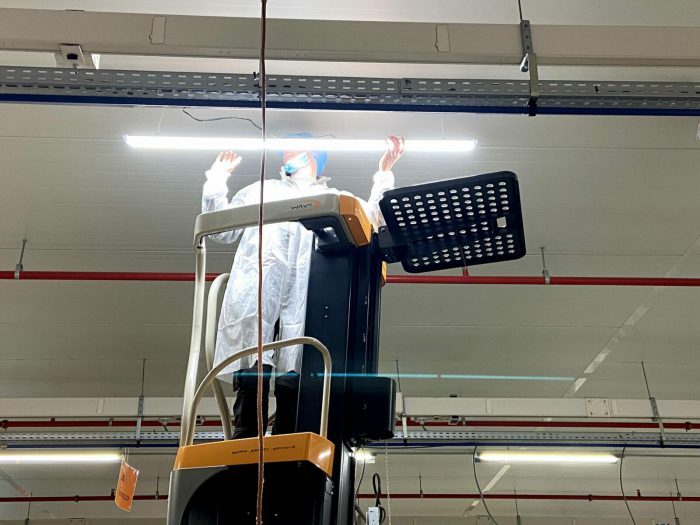
4. Continuous monitoring and optimization
After installation, we stay involved. We continuously monitor, report and optimize your consumption and use based on real-time data. This ensures that the lighting system always performs optimally and you achieve maximum efficiency and cost savings.
5. Circular end-of-life solutions
Finally, at the end of the installation’s life cycle or at the end of your contract, we offer circular solutions for the lighting installation. We ensure that the old lighting is disposed of and recycled responsibly, contributing to the sustainability of your business.
Wireless lighting control: The key to lower energy costs
Switching to LED lighting is an excellent step toward energy savings, but did you know you can go even further? Wireless lighting control opens the door to even greater savings and efficiency. By transforming traditional wired installations to a smart, wireless network, this advanced technology offers numerous benefits.
- Extra energy savings: With wireless lighting control, you can save up to 70% extra energy, on top of the savings from your LED lighting. This is made possible by smart features such as motion sensors, daylight-dependent control (daylight harvesting), high-end trim and timings.
- Flexibility in lighting use: Adapt lighting to the environmental needs and well-being of your employees. The flexibility of wireless systems allows you to turn on lighting exactly where and when needed, contributing to a better working environment.
- Monitoring and reporting: Take advantage of real-time data and dashboards to accurately monitor and report your energy usage. This information is crucial for continuously optimizing energy and reducing operational costs.
- Integration with your BMS: By integrating your lighting into your Building Management System (BMS), you get a complete overview of building operations. This ensures more efficient operations and further reduces your carbon footprint.
- CO2 savings: Besides saving energy, smart lighting also helps to reduce your CO2 emissions, which contributes to the company’s sustainability goals.
Learn more about the features and benefits of smart, connected lighting in our detailed blog post:
Are you ready to take the next step in reducing your energy costs and improving your sustainability profile? Request a no-obligation lighting audit today via our contact page. Together we’ll explore opportunities to optimize your lighting system and reduce energy bills!



